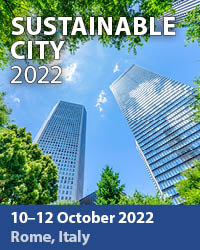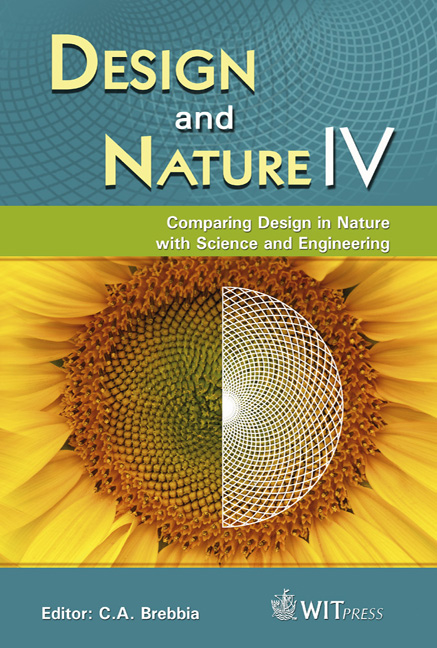Morphing Modes Of Mobility In Natural And Engineered Systems
Price
Free (open access)
Transaction
Volume
114
Pages
11
Page Range
157 - 167
Published
2008
Size
980 kb
Paper DOI
10.2495/DN080171
Copyright
WIT Press
Author(s)
R. J. Lock, R. Vaidyanathan & S. Burgess
Abstract
Autonomous vehicle utility has reached a plateau due to mobility constraints on the current generation of units in the field. Of particular note is the inability of existing robotic systems to manoeuvre in more than one substrate (e.g. land, air, water). Although no mature engineering examples exist today, many animals possess this capacity. Utility for robots often reflects a similar design space as small animals; multiple locomotion modes would represent a generational leap in their capability. Flight could allow a vehicle to approach a general target area, while crawling or swimming locomotion would enable otherwise unachievable tasks (e.g. close inspection, surveillance, sampling, etc.). The goal of our research is to develop a scalable architecture, drawing on inspiration from nature, for autonomous systems with the capacity for morphing modes of mobility. While much research has been performed into biological mechanisms of locomotion in a single medium, the tradeoffs, potential synergies, and basic measures of performance supporting natural mobility in several substrates has yet to be rigorously investigated from a design perspective. In this work we report modelling of the functional, physical, and operational architectures for a candidate set of animals with multiple modes of locomotion, with specific focus on the scalability of avian designs. Modelling of key parameters is used to demonstrate their effectiveness under specific engineering measures of performance. In the longer term, this work is envisaged to provide a foundation upon which to base the design of robotic systems capable of multiple modes of mobility as well as to analyze morphing locomotion modes in nature Keywords: animal inspired locomotion mechanisms, morphing structures, flying and walking mobility, amphibious mobility, biologically inspired system architecting.
Keywords
animal inspired locomotion mechanisms, morphing structures, flying and walking mobility, amphibious mobility, biologically inspired system architecting.





